How to Investigate a CVE: A Practical Workflow for Engineers
CVE entries are a critical part of modern vulnerability management — but simply knowing a CVE ID isn’t enough. Understanding its impact, exploitability, and mitigation path is essential for engineers and security professionals alike. This article presents a concise and effective workflow to investigate any CVE. 1. Identification Start with a CVE ID — for example: CVE-2023-4863 Use public databases to fetch initial details: NVD MITRE CVE Exploit Database Check for: CVSS score and vector (e.g., CVSS:3.1/AV:N/AC:L/PR:N/UI:N/S:U/C:H/I:H/A:H) Affected products and versions Type of vulnerability (e.g., buffer overflow, RCE, XSS) 2. Understand the Scope Ask: Is this applicable to our stack? Is the vulnerable component used directly or via a dependency? What's the real-world impact in our architecture? Inspect your environment using SBOM or dependency tools: npm audit pip-audit trivy fs . 3. Examine Technical Details Look for: PoC exploits (GitHub, ExploitDB, Google) Patch diffs in GitHub commits Vendor advisories and changelogs Reverse-engineered writeups on blogs or security forums Example GitHub search: site:github.com CVE-2023-4863 exploit If a PoC is found, evaluate it in an isolated environment (VM / container). 4. Assess Exploitability Determine if the vulnerability is: Remote or local Authenticated or unauthenticated Requires user interaction or not Use frameworks like Metasploit to test safely: msfconsole search cve:2023-4863 If no exploit exists, track known exploit status over time using sources like: HackerOne Reports SecurityFocus 5. Mitigation Strategy Depending on severity and risk tolerance: Apply the vendor patch (preferred) Upgrade to a fixed version Isolate or firewall vulnerable services Use WAF or sandboxing as temporary measures For open-source components: npm update [package] pip install --upgrade [package] 6. Document and Communicate Maintain an internal CVE tracker or risk register. Include: Discovery date Current risk level Plan of action Resolution status Final Thoughts CVE research is not just about patching. It’s a process of triage, validation, containment, and remediation. In a threat landscape that evolves hourly, clarity and speed are your strongest assets. In future posts, we’ll explore real CVE case studies and walk through exploit analysis.

CVE entries are a critical part of modern vulnerability management — but simply knowing a CVE ID isn’t enough.
Understanding its impact, exploitability, and mitigation path is essential for engineers and security professionals alike.
This article presents a concise and effective workflow to investigate any CVE.
1. Identification
Start with a CVE ID — for example: CVE-2023-4863
Use public databases to fetch initial details:
Check for:
- CVSS score and vector (e.g.,
CVSS:3.1/AV:N/AC:L/PR:N/UI:N/S:U/C:H/I:H/A:H) - Affected products and versions
- Type of vulnerability (e.g., buffer overflow, RCE, XSS)
2. Understand the Scope
Ask:
- Is this applicable to our stack?
- Is the vulnerable component used directly or via a dependency?
- What's the real-world impact in our architecture?
Inspect your environment using SBOM or dependency tools:
npm audit
pip-audit
trivy fs .
3. Examine Technical Details
Look for:
- PoC exploits (GitHub, ExploitDB, Google)
- Patch diffs in GitHub commits
- Vendor advisories and changelogs
- Reverse-engineered writeups on blogs or security forums
Example GitHub search:
site:github.com CVE-2023-4863 exploit
If a PoC is found, evaluate it in an isolated environment (VM / container).
4. Assess Exploitability
Determine if the vulnerability is:
- Remote or local
- Authenticated or unauthenticated
- Requires user interaction or not
Use frameworks like Metasploit to test safely:
msfconsole
search cve:2023-4863
If no exploit exists, track known exploit status over time using sources like:
5. Mitigation Strategy
Depending on severity and risk tolerance:
- Apply the vendor patch (preferred)
- Upgrade to a fixed version
- Isolate or firewall vulnerable services
- Use WAF or sandboxing as temporary measures
For open-source components:
npm update [package]
pip install --upgrade [package]
6. Document and Communicate
Maintain an internal CVE tracker or risk register.
Include:
- Discovery date
- Current risk level
- Plan of action
- Resolution status
Final Thoughts
CVE research is not just about patching.
It’s a process of triage, validation, containment, and remediation.
In a threat landscape that evolves hourly, clarity and speed are your strongest assets.
In future posts, we’ll explore real CVE case studies and walk through exploit analysis.


























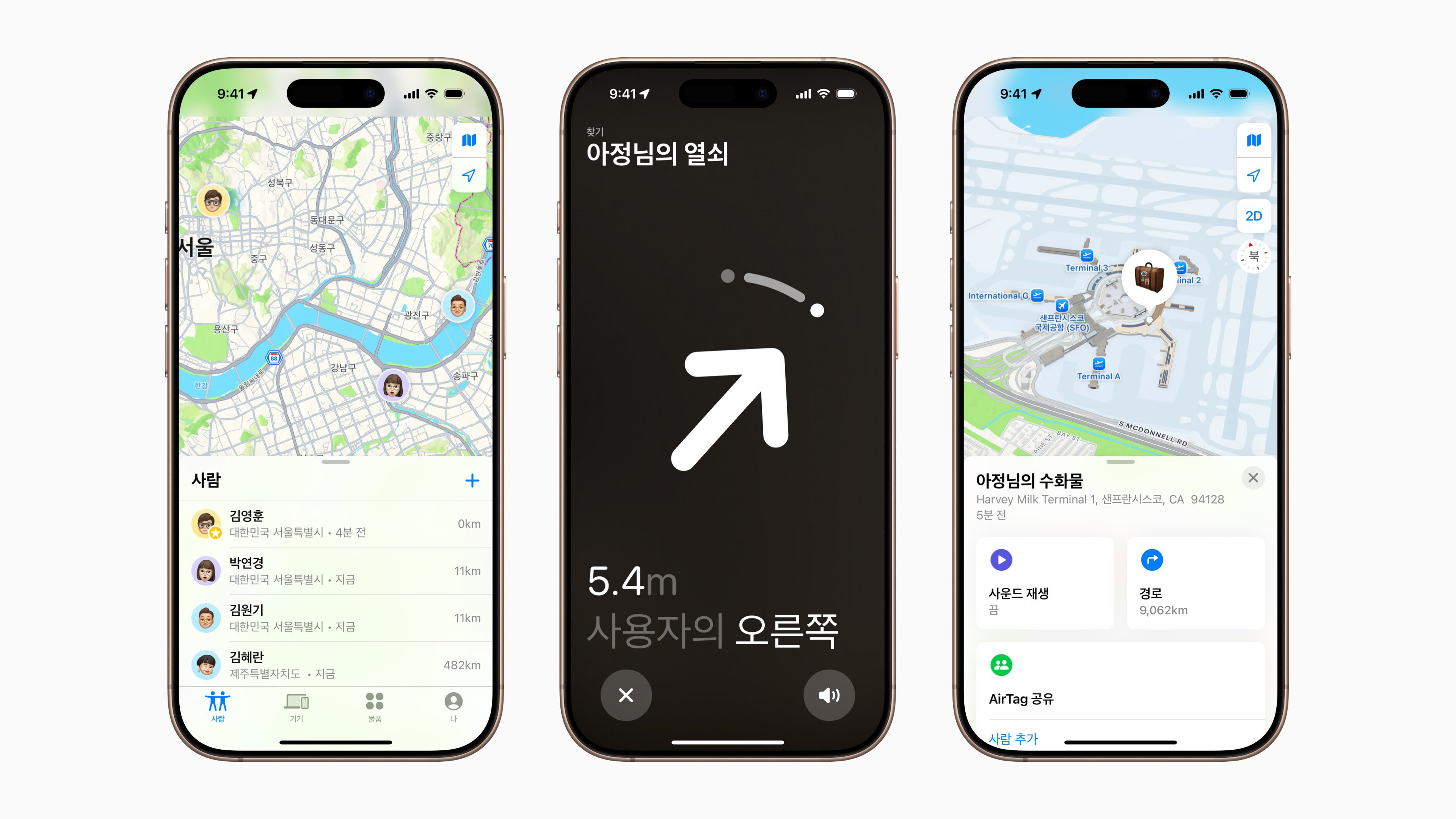



















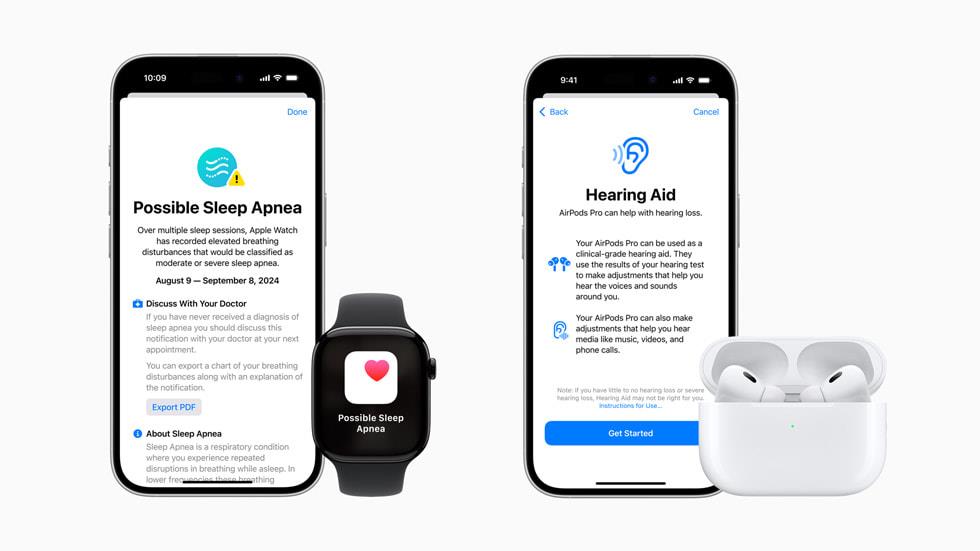
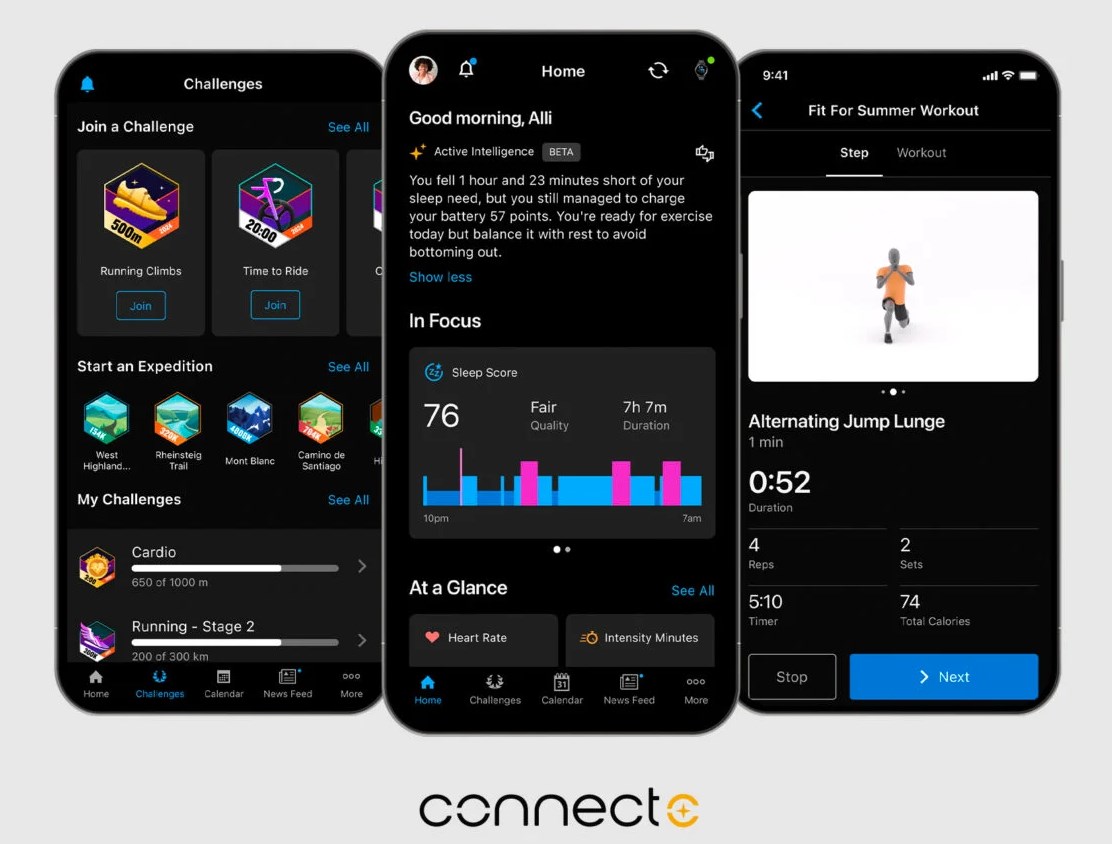
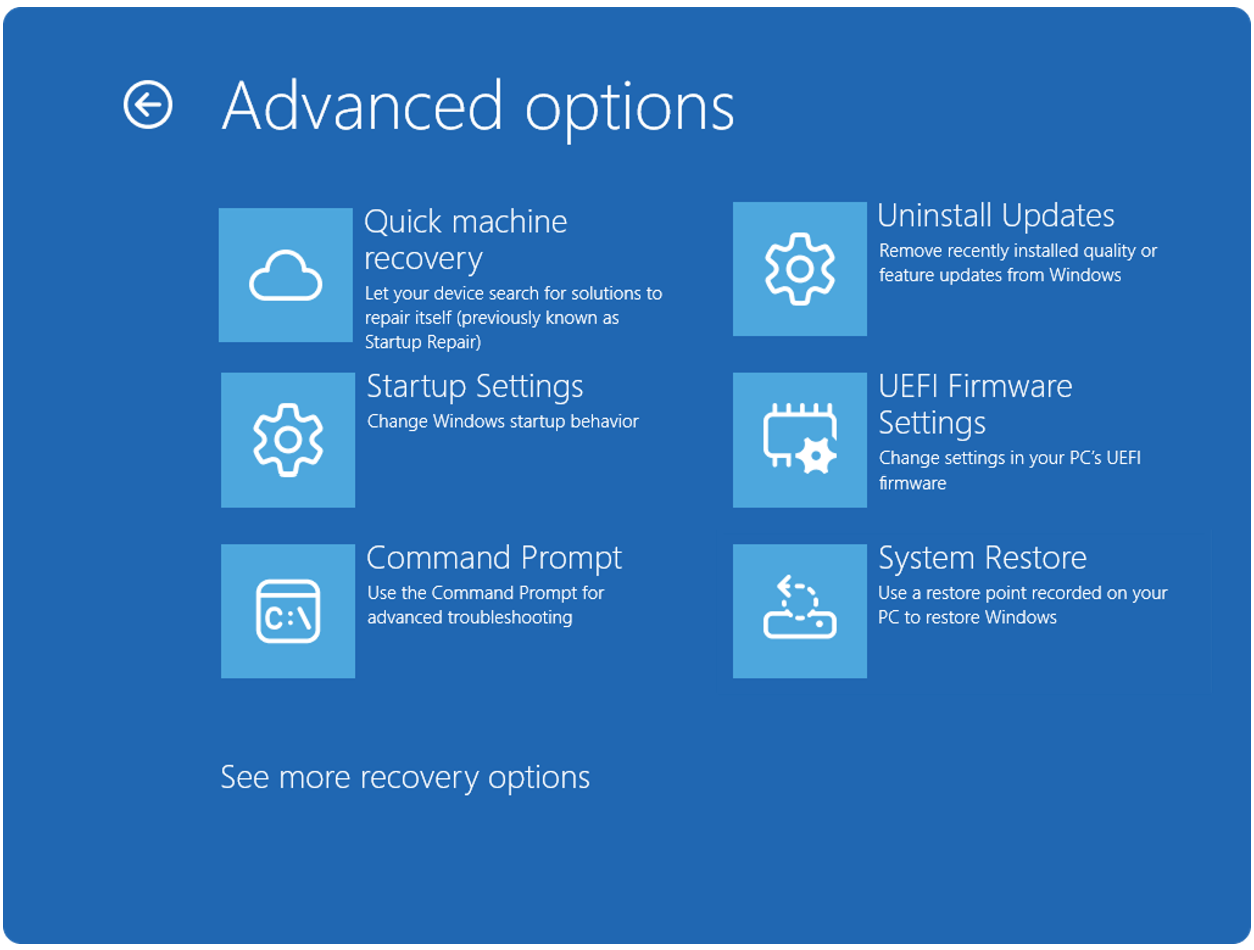















![Apple Watch Series 10 Prototype with Mystery Sensor Surfaces [Images]](https://www.iclarified.com/images/news/96892/96892/96892-640.jpg)

![Get Up to 69% Off Anker and Eufy Products on Final Day of Amazon's Big Spring Sale [Deal]](https://www.iclarified.com/images/news/96888/96888/96888-640.jpg)
![Apple Officially Releases macOS Sequoia 15.4 [Download]](https://www.iclarified.com/images/news/96887/96887/96887-640.jpg)



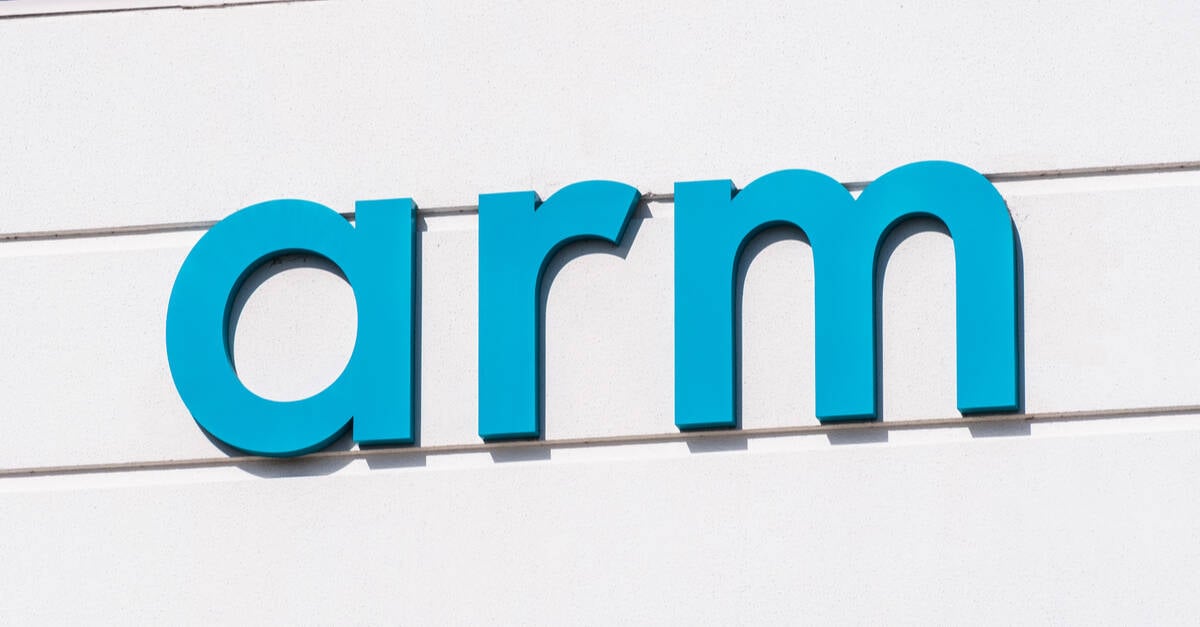









![What’s new in Android’s March 2025 Google System Updates [U: 3/31]](https://i0.wp.com/9to5google.com/wp-content/uploads/sites/4/2025/01/google-play-services-1.jpg?resize=1200%2C628&quality=82&strip=all&ssl=1)










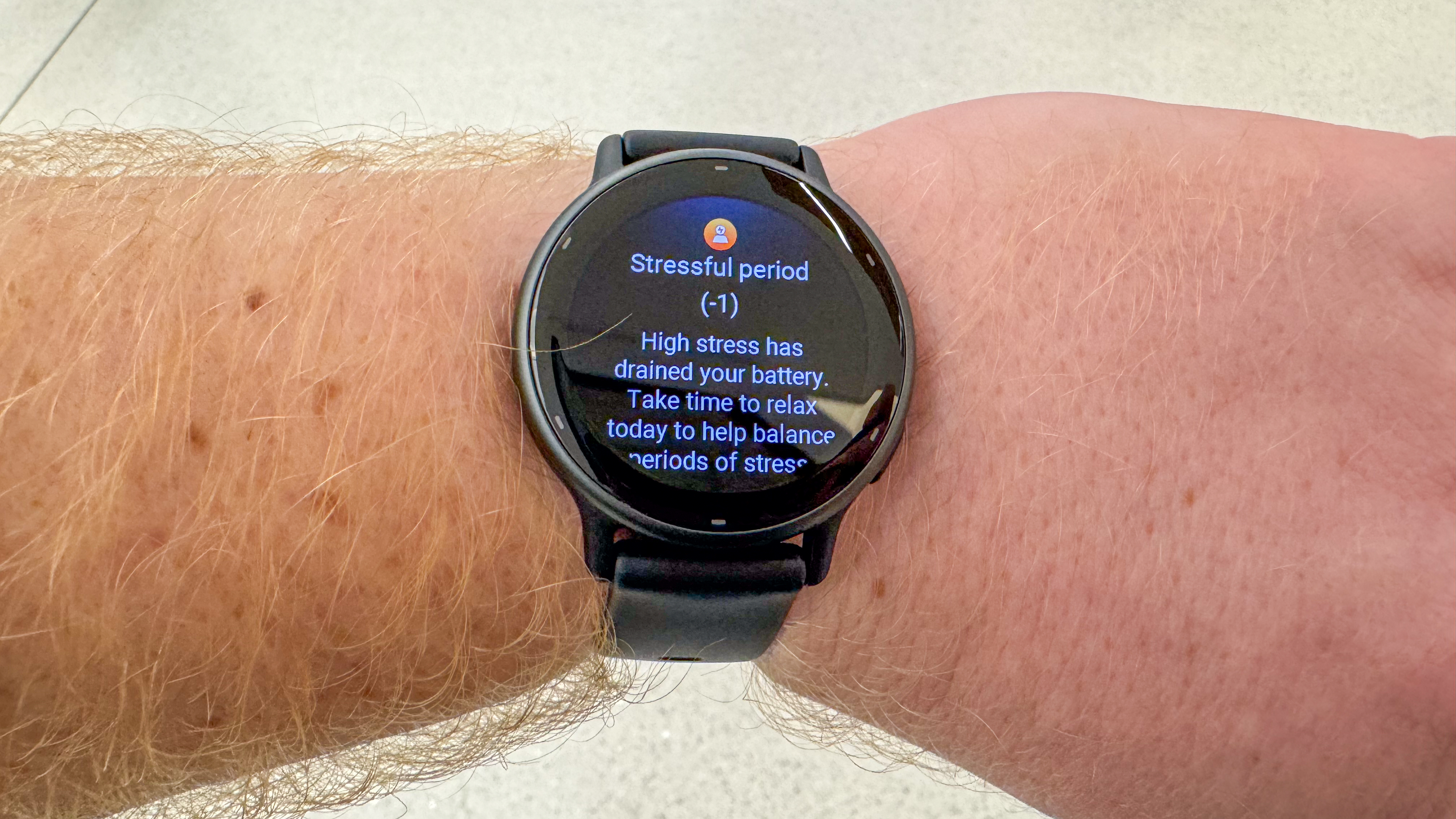



-xl-xl.jpg)


























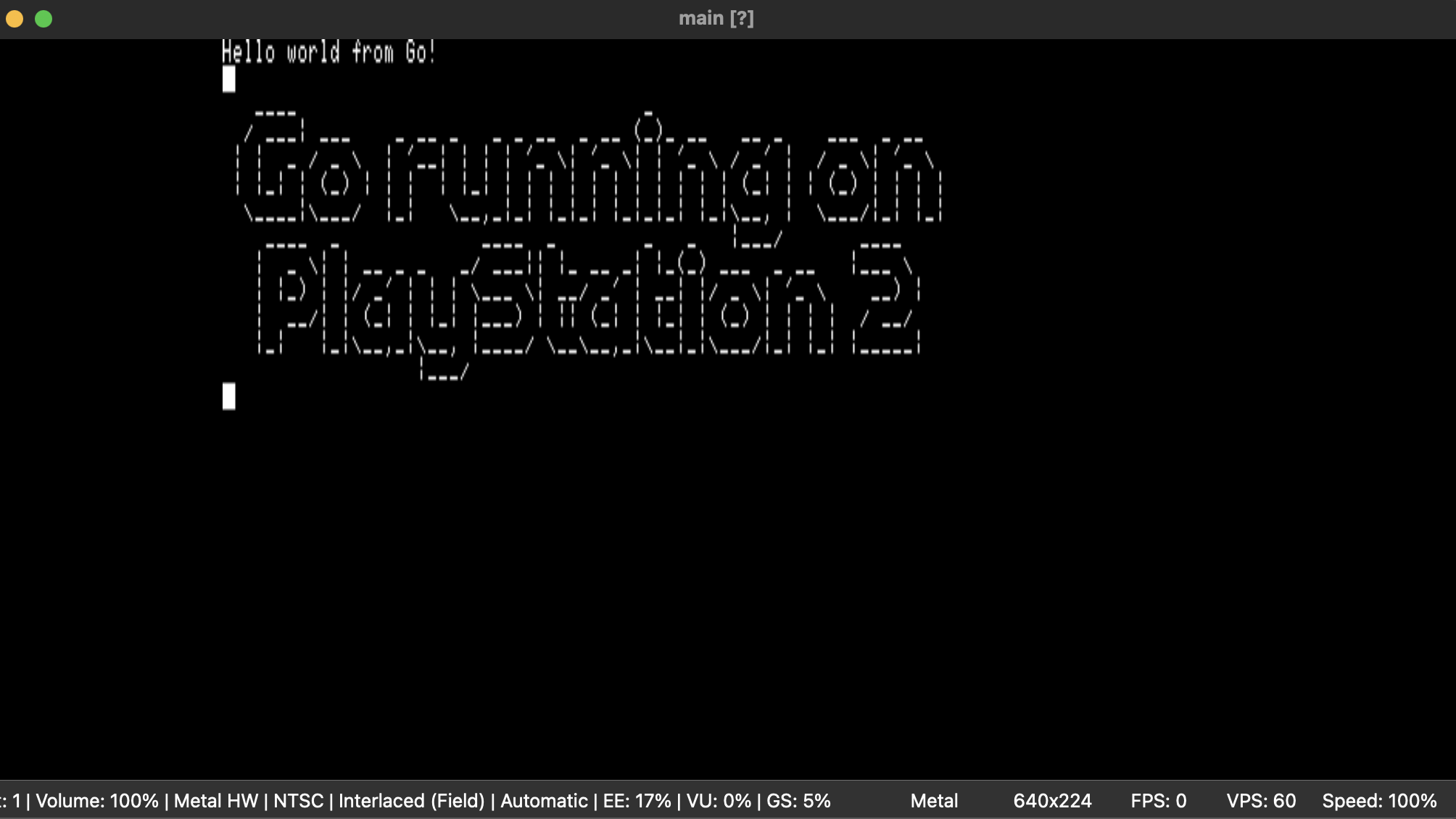
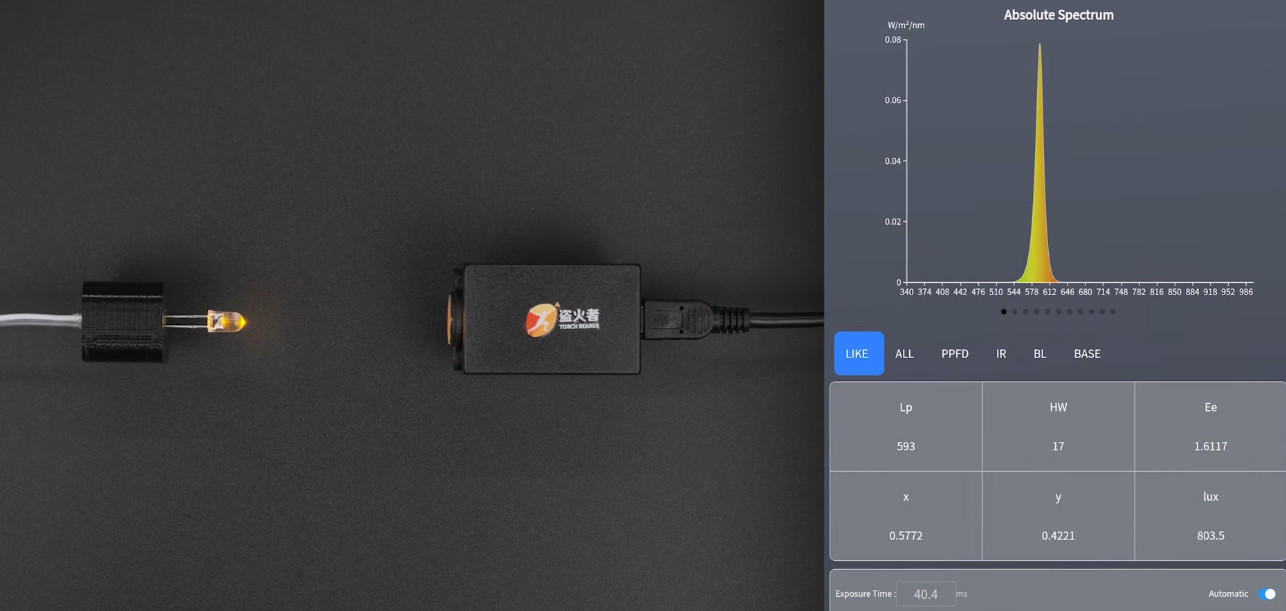
























































































































![[The AI Show Episode 141]: Road to AGI (and Beyond) #1 — The AI Timeline is Accelerating](https://www.marketingaiinstitute.com/hubfs/ep%20141.1.png)
![[The AI Show Episode 140]: New AGI Warnings, OpenAI Suggests Government Policy, Sam Altman Teases Creative Writing Model, Claude Web Search & Apple’s AI Woes](https://www.marketingaiinstitute.com/hubfs/ep%20140%20cover.png)
![[The AI Show Episode 139]: The Government Knows AGI Is Coming, Superintelligence Strategy, OpenAI’s $20,000 Per Month Agents & Top 100 Gen AI Apps](https://www.marketingaiinstitute.com/hubfs/ep%20139%20cover-2.png)

























































































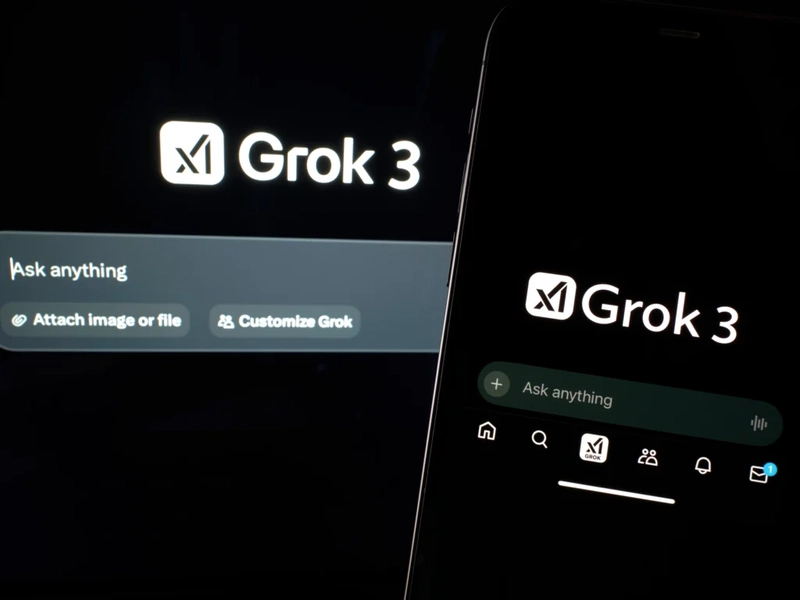

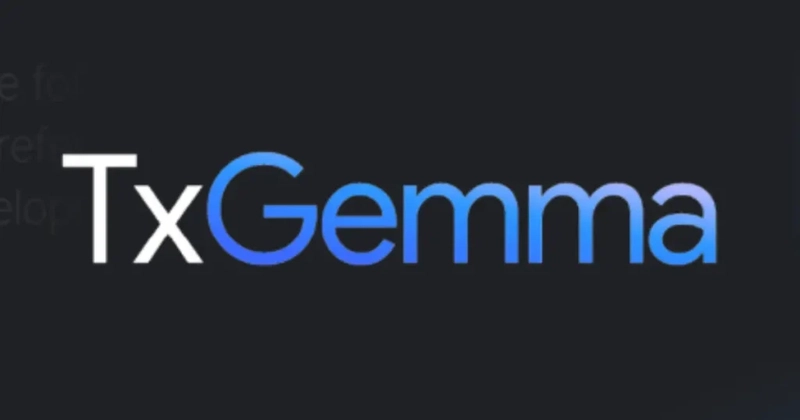




















![Is this a suitable approach to architect a flutter app? [closed]](https://i.sstatic.net/4hMHGb1L.png)

















![From broke musician to working dev. How college drop-out Ryan Furrer taught himself to code [Podcast #166]](https://cdn.hashnode.com/res/hashnode/image/upload/v1743189826063/2080cde4-6fc0-46fb-b98d-b3d59841e8c4.png?#)





























-1280x720.jpg?width=1920&height=1920&fit=bounds&quality=80&format=jpg&auto=webp#)


























































